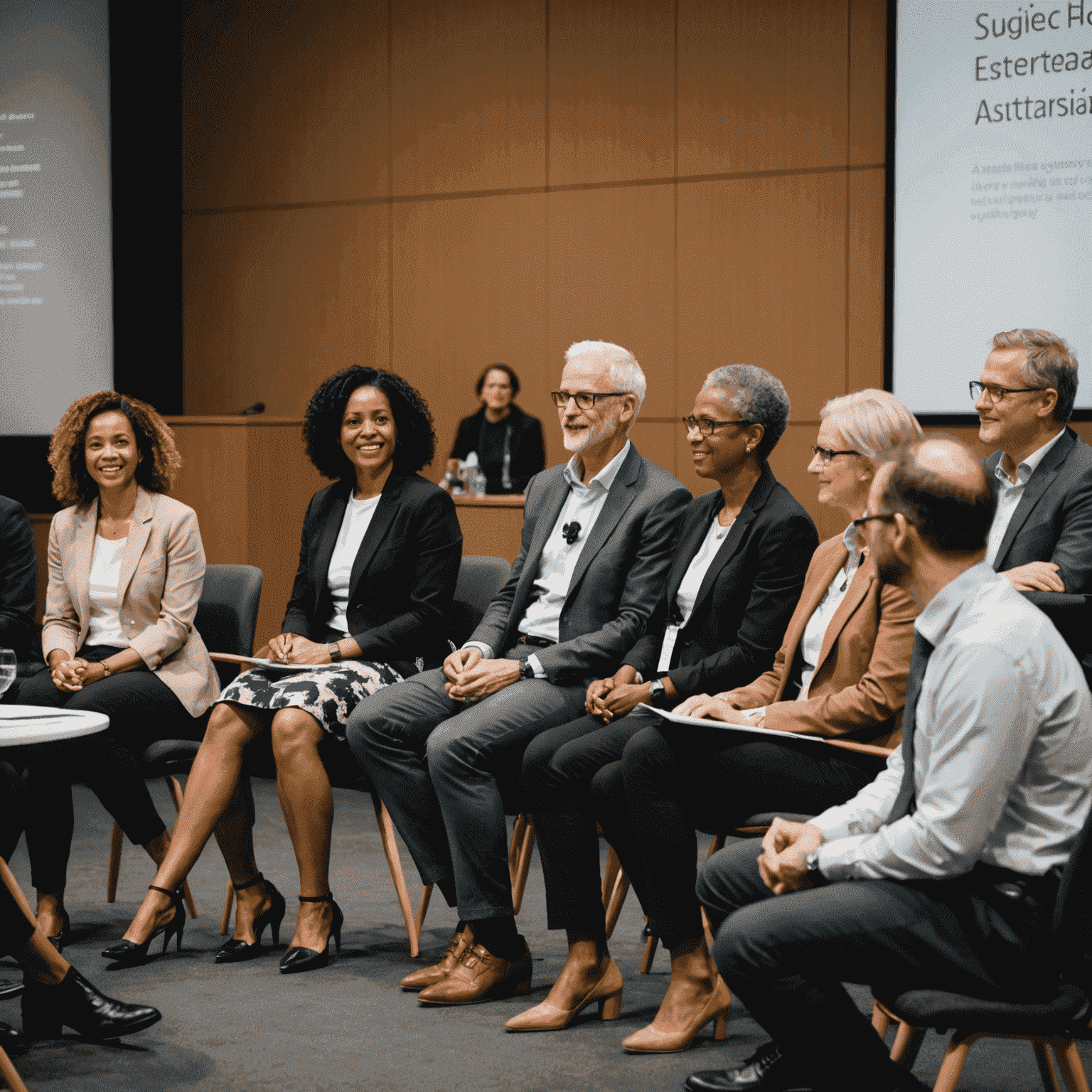Cross-Cultural Communication: Speaking in Multicultural Australia

In the vibrant tapestry of Australia's multicultural society, effective communication across diverse backgrounds is not just a skill—it's an art. As speakers and presenters, navigating this rich landscape of cultures requires finesse, understanding, and adaptability. Let's explore how to master the nuances of addressing diverse audiences in Australia's melting pot of cultures.
Understanding Australia's Cultural Landscape
Australia is home to people from over 200 countries, speaking more than 300 languages. This diversity presents both challenges and opportunities for speakers. To effectively communicate, it's crucial to:
- Recognize the Indigenous heritage and acknowledge the traditional owners of the land
- Be aware of major cultural groups in your audience
- Understand cultural sensitivities and taboos
- Appreciate different communication styles across cultures
Key Presentation Techniques for Multicultural Audiences
- Use Inclusive Language: Avoid idioms or colloquialisms that may not translate across cultures. Opt for clear, straightforward language.
- Visual Aids: Incorporate diverse representation in your visuals. Ensure images and examples reflect Australia's multicultural makeup.
- Pace and Clarity: Speak at a moderate pace and enunciate clearly. This helps non-native English speakers follow along more easily.
- Cultural References: When using cultural references or examples, provide context or choose universally understood concepts.
- Body Language: Be mindful of gestures that may have different meanings across cultures. Maintain an open, welcoming posture.
"In the tapestry of Australian voices, every thread counts. As speakers, our role is to weave these diverse perspectives into a cohesive and inspiring narrative."
Engaging with Diverse Audiences
To truly connect with a multicultural audience:
- Encourage participation and questions
- Be open to different viewpoints and experiences
- Use storytelling to bridge cultural gaps
- Acknowledge and celebrate diversity in your content

Overcoming Language Barriers
While English is Australia's official language, many audience members may speak it as a second or third language. To ensure your message resonates:
- Use simple sentence structures
- Define technical terms or jargon
- Provide written materials or slides to support your speech
- Consider offering translation services for key presentations
Conclusion: Embracing Diversity in Communication
Speaking in multicultural Australia is an opportunity to broaden perspectives, foster understanding, and create meaningful connections. By approaching your presentations with cultural awareness, inclusivity, and respect, you can effectively engage diverse audiences and contribute to Australia's rich cultural dialogue.
Remember, effective cross-cultural communication is not just about avoiding misunderstandings—it's about creating a shared space where all voices are heard and valued. As you refine your speaking skills in this diverse landscape, you'll not only become a more effective communicator but also a bridge-builder in Australia's multicultural society.